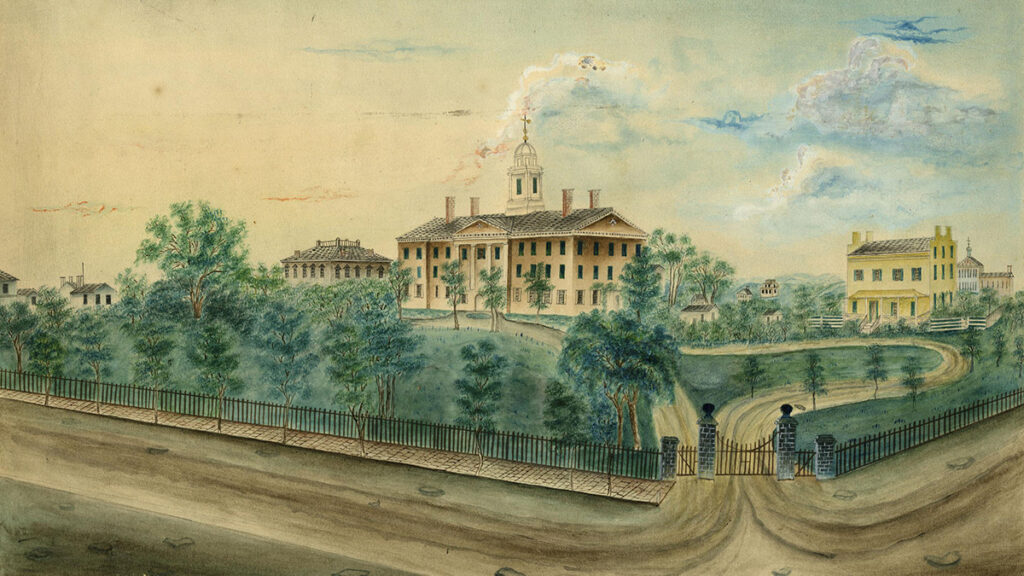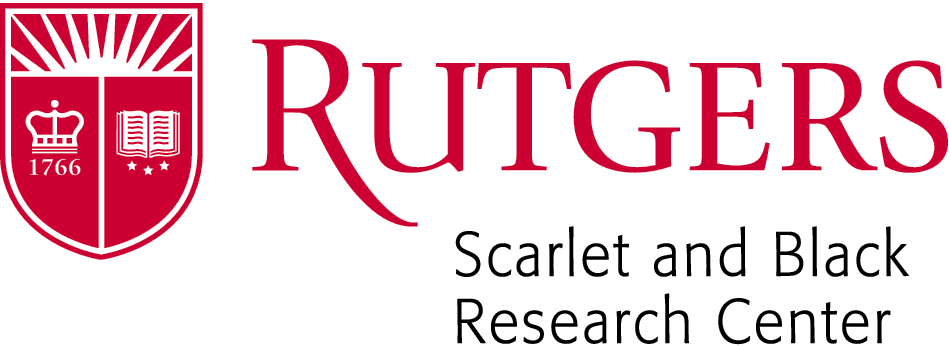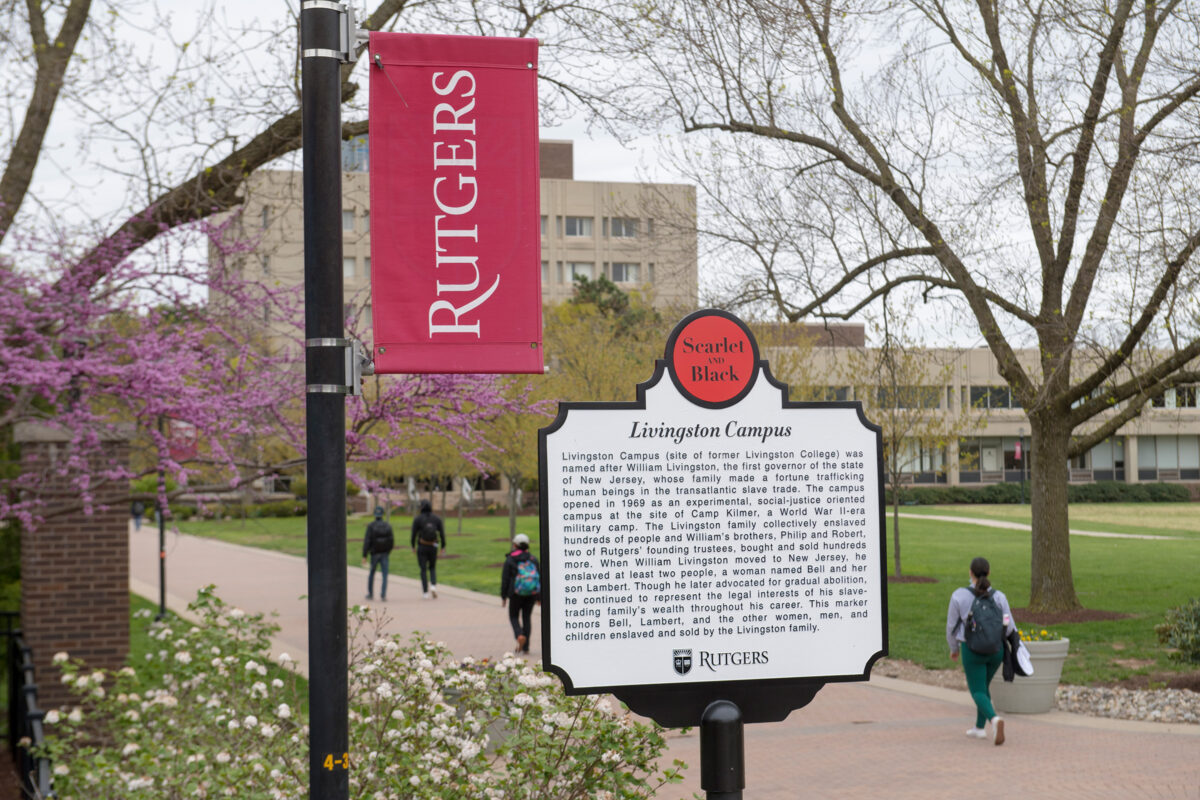From Sojourner Truth Apartments to the Frederick Douglass Field, many sites across our campuses in New Brunswick, Newark, and Camden offer an opportunity to reflect on the legacy of slavery and dispossession. New Scarlet & Black historical markers honor enslaved individuals, acknowledge the history behind the names emblazoned on Rutgers buildings, and highlight the Black freedom struggle in the twentieth century.

Virtual Tour
Check out our virtual tour to learn about sites that connect with the history of slavery, dispossession, and the long struggle for racial justice at Rutgers.
Historical Markers
In 2017, following the publication of Scarlet and Black, Vol. 1: Slavery and Dispossession in Rutgers History, several campus landmarks in New Brunswick were named in honor of African Americans. The newly named landmarks are:
- Will’s Way (Old Queens building, College Avenue Campus)
- Sojourner Truth Apartments (College Avenue Campus)
- James Dickson Carr Library (Livingston Campus)
In 2021, the university announced a series of historical markers acknowledging how the university’s early benefactors profited from the slave economy. These markers honor the lives of enslaved individuals connected with certain building and campus namesakes. The locations for the historical markers are:
- Frelinghuysen Hall (College Avenue Campus)
- Hardenbergh Hall (College Avenue Campus)
- Livingston Campus (in front of Livingston Student Center)
- Wood Lawn Mansion (Douglass Campus)
Following the 2021 publication of Scarlet and Black, Vol. 3: Making Black Lives Matter at Rutgers, 1945–2020, the Scarlet and Black research team proposed a series of historical markers to commemorate Black student activism on campus, including markers to be placed in front of Conklin Hall at Rutgers–Newark and in front of the Paul Robeson Library at Rutgers–Camden. Land Acknowledgement signs honoring the ancestral territory of the Lenape have also been proposed for placement around campus.

